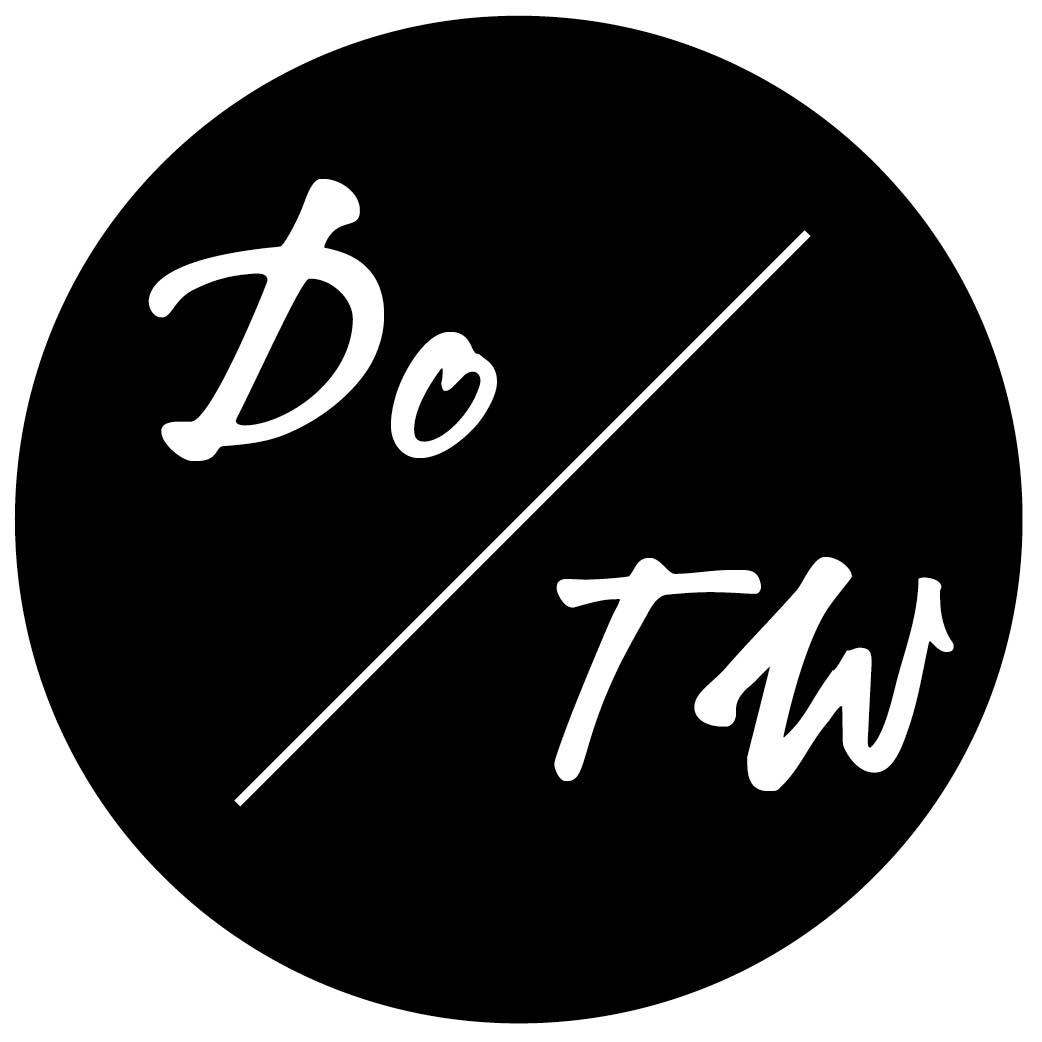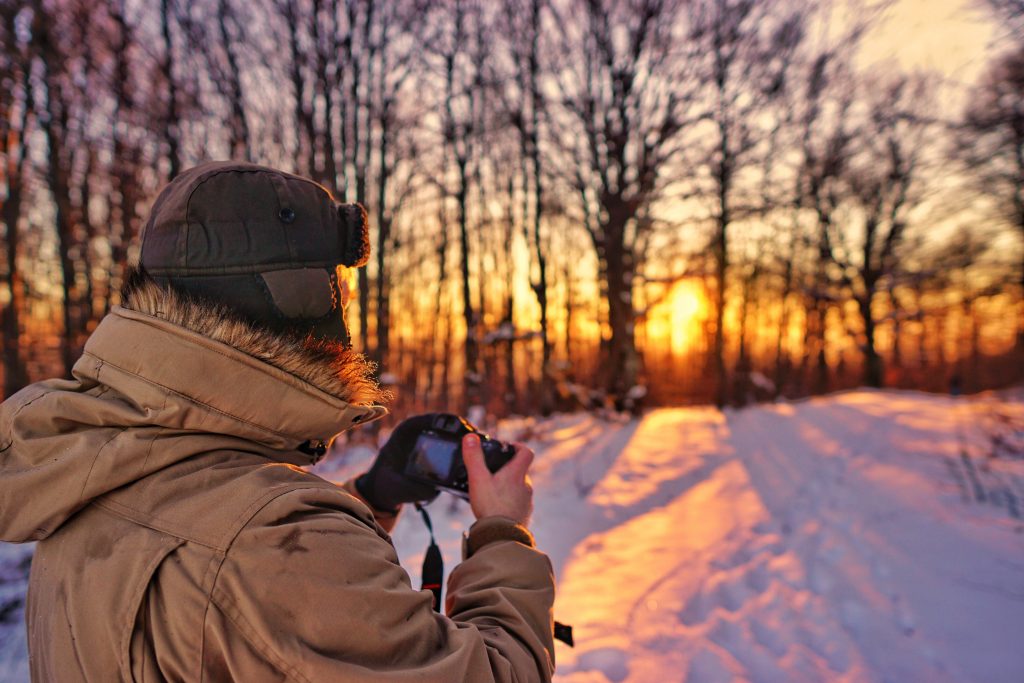How to Pitch Five Magazines Looking for Round-Up Features
Welcome to the Friday Freebie Five, a new weekly feature on Dream of Travel Writing’s Six Figure Travel Writer blog.
Each week, we comb our Travel Magazine Database to bring you five magazine sections open to freelancers around a theme–front-of-book trend pieces, long-form first-person features, short narrative postcards–to inspire your pitches.
Conde Nast Traveller (India)
“Why We Travel” is made up of about three articles. These are written in third person and are usually between 1,000 to 1,500 words long. Examples from recent issues include “The Kids are Alright” (a round up of the best 11 summer camps for children from around the world), “Masters of Ceremony” (a round up of four elaborate tea ceremonies from around the world including a detailed description of each), and “Cabin Pressure” (about the implications frequent flying has on health including health clinics around the world and a description of their check ups). There is sometimes a sidebar to accompany the article. For example, for “Cabin Pressure” there is a 150-word sidebar which rounds up six products which can help boost wellbeing.
Voyeur
“Navigate” is a back-of-book section that includes one to two feature articles ranging from 1,500 to 1,750 words in length. The section covers everything from art heists to modern explorers, cities that have been transformed by architecture, and stories profiling the way our world is being disrupted by technology. The feature article most commonly open to freelancers is a profile of four to five people at the forefront of a given field. It is written in the style of a write-through, and if the profile does not exclusively cover a group of Australians, it does usually include one to two sources from Australia. Past features have covered Australian “modern talents” working in Europe, the “creative minds” behind Australia’s music festival circuit, and “serial entrepreneurs” around the world.
Midwest Living
There are about four features per issue. These can be written in second or third person and are between 600 to 1,500 words long. Examples from recent issues include “Suite Dreams” (a round up of 11 boutique hotels in the Midwest including a description of the hotel, address, and website), “8 Seasons of Cooking” (how food fits into eight seasons with a description and recipe for each), and “Dishing on Style” (a round up of tips for reinventing your kitchen with interior design advice and must-buy items). There is occasionally a sidebar to accompany the feature. For example, for “Suite Dreams” there are two sidebars. The first is a 200-word sidebar called “Stay Like a Pro” which rounds up four tips for making the most of boutique hotels from a former luxury hotel operator. The second is a 70-word guide to tipping in boutique hotels.
Asian Geographic
“Passport” covers travel topics Asian countries with a 1,500-word article. In third person, the piece can appear as a round up covering places to visit, things to do, or attractions with a short description of each. The article can also describes the culture of a place and what readers can expect if they visit. There’s almost always a sidebar called “Experience” and the destination name. This is followed by “When,” “Where,” and “How” which covers the best time to visit, where in the country the item of interest can be found, and how readers can get there respectively. Examples include “Precious Conventions,” rounding up three cultural practices in Mongolia which are on the UNESCO Intangible Cultural Heritage list, “Adventure ASEAN,” which rounds up 10 outdoor adventures across Asian countries, and “Earth’s Steaming Breath,” covering how locals relax in the hot springs of Japan, South Korea, and Taiwan.
Going Places
“My Guide” is a 1,200-word article focusing on a different city each month. It’s broken down into about 10 sections with subheadings which change each issue. These could highlight places to visit, such as “What to Do,” “Where to Eat,” “Retail Therapy” and “Day Trips,” or focus on recommendations for different types of traveler, such as “For the Shopper,” “For Nature Lovers,” and “For Culture Vultures.” There are one to three recommendations within each paragraph. The tone is conversational, frequently speaking directly to readers, exhorting them to slurp up noodles or grab a drink. At the end of the article there is a sidebar called “Practical Tips” which gives the reader three pieces of advice for visiting the destination. This could include the best time to visit, what to wear or how to get around. “My Guide” recently focused on Langkawi, Malaysia; Liverpool, U.K.; and Mumbai, India.
You can find complete how-to pitching information for each magazine listed, including email addresses for all editors, in our Travel Magazine Database by clicking on the magazine’s name and logging in with your account.
Don’t have an account yet? Register here for detailed how-to-pitch information on more than 500 magazines!

